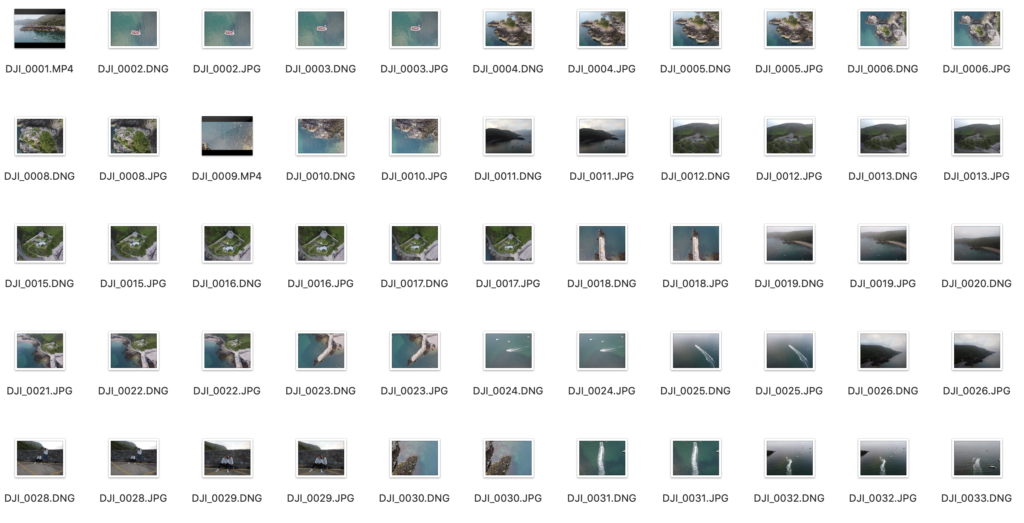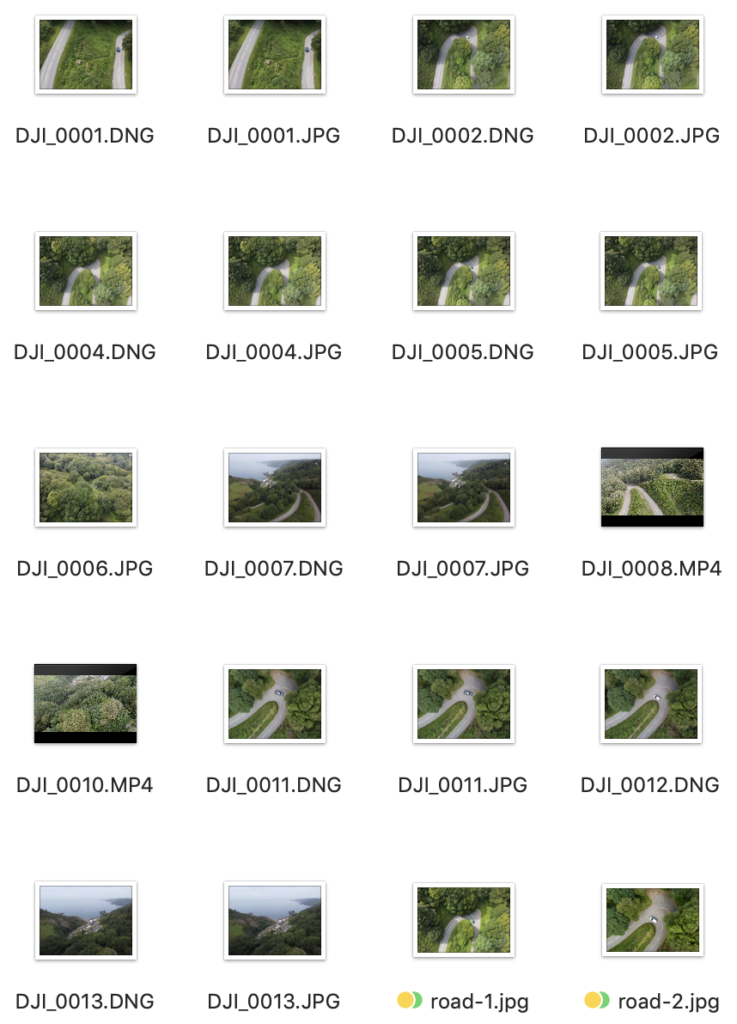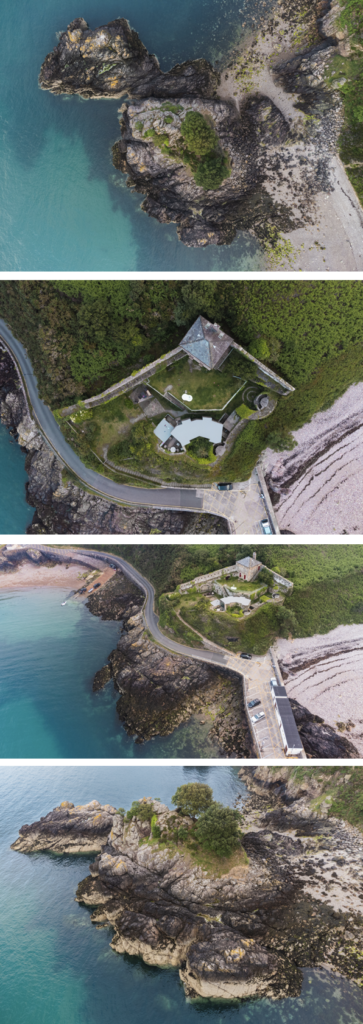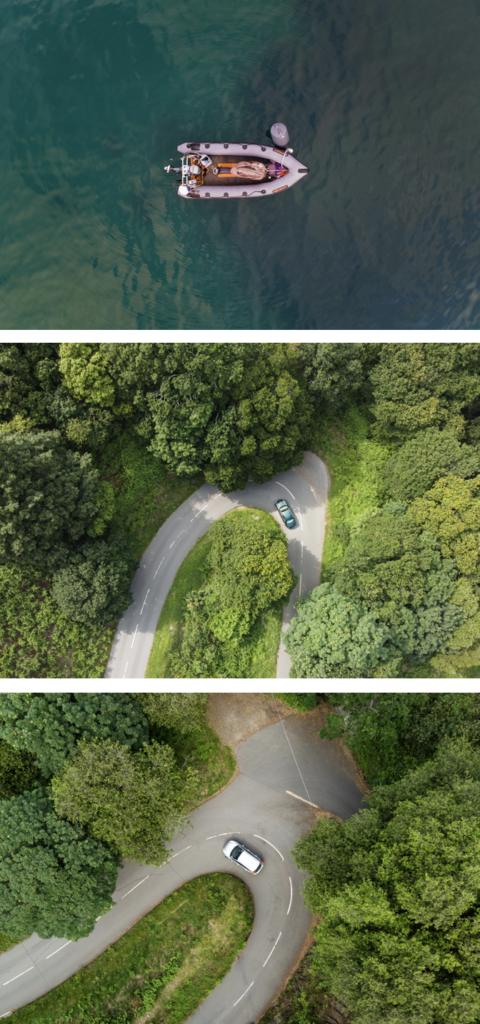Pictorialism
Pictorial artists take photography as an art form and reshape it into an art form putting beauty tone and composition above the creation of an accurate visual record. Through their creation this movement tried to elevate photography to the same status as canvas and was considered similar y galleries and other art institutions. Photography was created in the late 1830s and was initially considered a way of producing purely scientific and representative images. This situation began to change in the 1850s when a lawyer similar to the British painter William John Newton suggested that photography can also e artistic. Although
can e traced ack to these early ideas the pictorial movement was most active from 1885 to 1915. In its heyday its influence spread internationally with centres in the United Kingdom France and the United States. Followers used a variety of darkroom methods to create images that would allow them to express their creativity train it to tell stories recreate mythical or biblical scenes and create dreamlike landscapes. There is no simple description of the cliché of image journalists but it usually means that an image has been manipulated in some way to increase its artistic impact. Common themes in this style are the use of soft focus tints and rendering operations similar to emulsions or adding brushstrokes.
Realism
Photorealism also known as Metaliterary was an American art movement that began in the 1960s that took photography to its end. Editorial realists created most illusions that were not natural but reconstructed. Artists such as Richard Estes Ralph Goings Audrey Flack Robert Bechtel and Chuck Close have attempted to recreate what a camera can record. Several sculptors including Americans Duane Hanson and John De Andrea were also associated with the movement. Like painters who rely on prints sculptors rely on living models and thus arrive at a simulated reality.
Publishing agency was born from the Pop and Minimalism movements that preceded it. Like pop artists the Pulishingists were interested in breaking down the scale of applicable subjects y including everyday scenes from the merchants life – cars shops. and signs for illustration. Like them publishers have tapped into marketable advertising and images. The practice y advertisers of using artificial fashion or machinery similar to photography as the foundation of their work to create detached and non-personalized effects is also linked to both ethnocentrism. Mass and minimalism. However countless aphorisms proclaimed the resurgence of representational illusionism as a challenge to clean minimalism and countless people saw the movement as an attack on the interests of clean minimalism. Significant benefits have been realized y the modern abstract we.
Realistic publishers often project a hacked image onto canvas and also use airbrush to reproduce the effect of a print published on glossy paper. Estes stated that the idea of this painting was mainly about something quick and that the drawing was just a fad to complete it. He chose to disguise the character in his New York street scenes with the look of his photography. Goings and Bechtel also sought to capture a crisp plank using gas mixing in their numerous images of popular us culture in America. Flack projects opulent still-life slides onto canvases rationalizing the 17th-century theme of vanity and reminding viewers of the transitory nature of material possessions. Almost completely converting his friends prints into a giant film before that first in lack and white and also in morning colour in 1970. He first put a grid of light pencils for evaluation. footage and also sketch images with airbrush; He completed the picture by drawing in detail.
Modernism
The birth of Ultramodern Photography heralded a significant aesthetic change in photographic affair as well as a shift in the way in which photography was produced, employed and appreciated. Ultramodern Photography encompassed trends in the medium from the early 1900s through to the 1960s. The move from early photography to Ultramodern Photography is distinguished by a departure from the language and constraints of traditional art, similar as oil, and this change in station was imaged by changes in practice. Shutterbugs started using the camera as a direct tool rather than manipulating images to conform to traditional sundries of cultural beauty (a custom particularly associated with Pictorialism). In introducing this move, ultra modernist shutterbugs ultimately disintegrated the wider conventions of the art world by expanding both what was considered art and what was supposed an respectable subject matter for it.
Although Ultramodern Photography doesn’t start until the morning of the 20th century, before photographic inventions give a technological and contextual frame for after developments and are important in understanding the stylistic changes of the period. Some of the crucial approaches of Ultramodern Photography are unique to the medium whilst others align with wider art movements similar as Dada and Surrealism. In discrepancy to earlier connections between photography and cultural groups, which tended to be imitative, Ultramodern Photography came completely bedded in these movements and handed a new and important medium for trial and expression.






